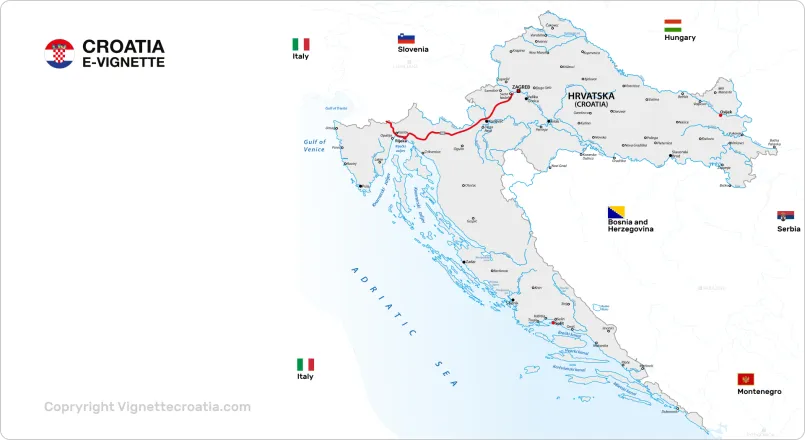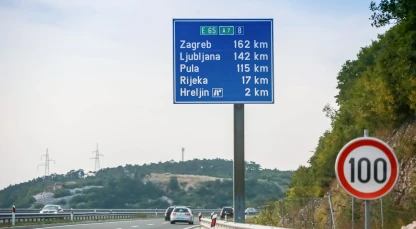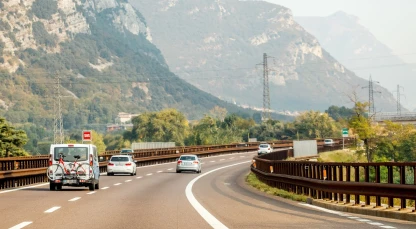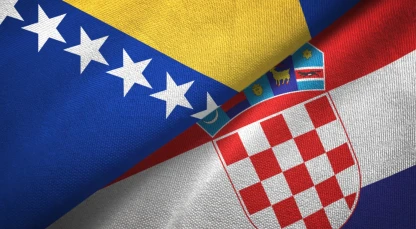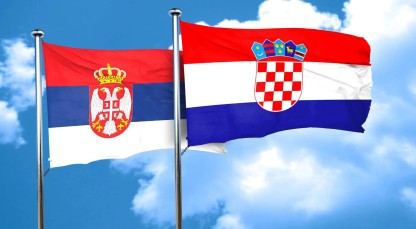The A6 Motorway in Croatia
The A6 Motorway from Rijeka to Zagreb
Connecting Rijeka on the Adriatic coast of Croatia to the capital, Zagreb, the A6 highway is a major route. Dating back to its inception during the socialist era under Yugoslavia, it has an interesting past.
In the early 2000s, an expansive project to upgrade the route was undertaken. It was part of a large project to modernise the transportation infrastructure of the country. It is a shining example of Croatia’s success in this effort. It remains an essential route for tourism, industry and commerce.
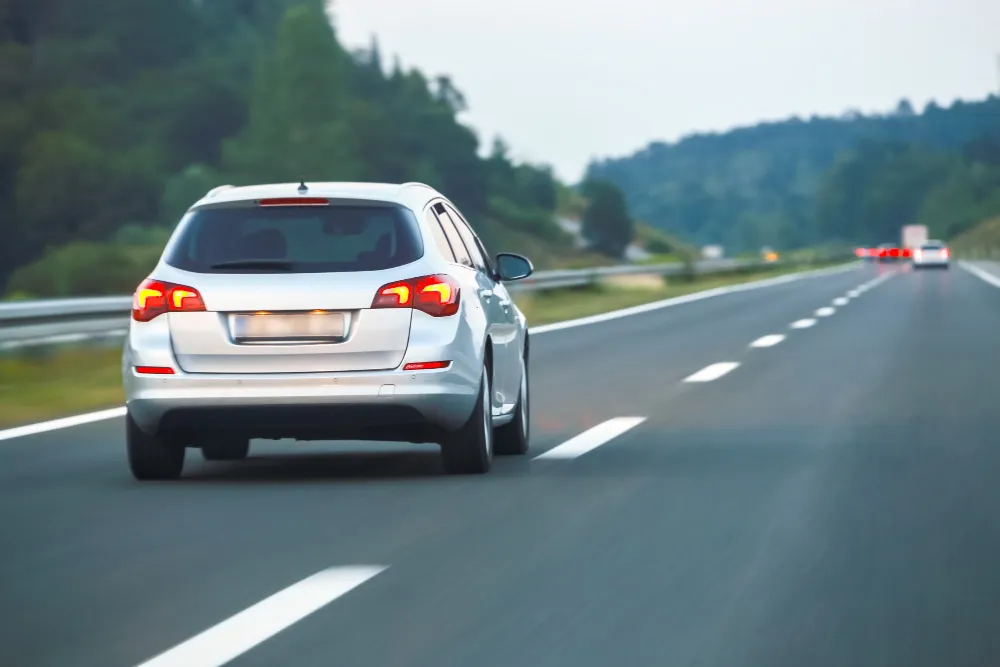
The History of the A6 Motorway
The A6 motorway was conceived in 1977 when Yugoslavia decided to connect Zagreb to the coast at Rijeka. Croatia was part of socialist Yugoslavia at the time. The plan was to build a modern multi-lane highway, to enhance transportation efficiency to and from the coastal port. It was hoped this would enhance the economy through tourism and business.
Under the regime, the project faltered. When Croatia became independent in the early 1990s, the government launched ambitious infrastructure projects. The modern era of the A6 began in 1996.
The Construction of the A6 Motorway in Croatia
Construction of the A6 took nearly twenty years in total, although interrupted by political upheaval. The first section, from Orehovica to Bosiljevo was opened in 1993. Various sections were opened from 1996 until 2008.
The last section was completed in 2008, connecting the town of Bosiljevo with the second Bosiljevo interchange. Road users are subject to tolls. The easiest way to do so is to purchase an e-vignette. Click the link to see how fast and efficient the system is.
Companies that constructed the A6 Motorway
Given that construction was undertaken by various governments, the project was completed by numerous companies. As with the A3 motorway, the Austrian construction giant, Strabag, was involved, along with Hidroelektra and Konstruktor. Croatian company, Viadukt and the Austrian company Alpine Blau were responsible in the 2000s.
How long is the A6 Motorway?
Stretching from Rijeka in the country’s west, to Zagreb in north-central Croatia, the expressway runs for about 126 kilometres. The actual route ends at the Orehovica interchange (Rijeka) and begins at the Lučko interchange near Zagreb. Much of the route is a 2-lane highway (in either direction, including an emergency lane). Sections with a gradient exceeding 4% have 3 lanes, with no emergency lane. This is to accommodate slower traffic and ease congestion at inclines.
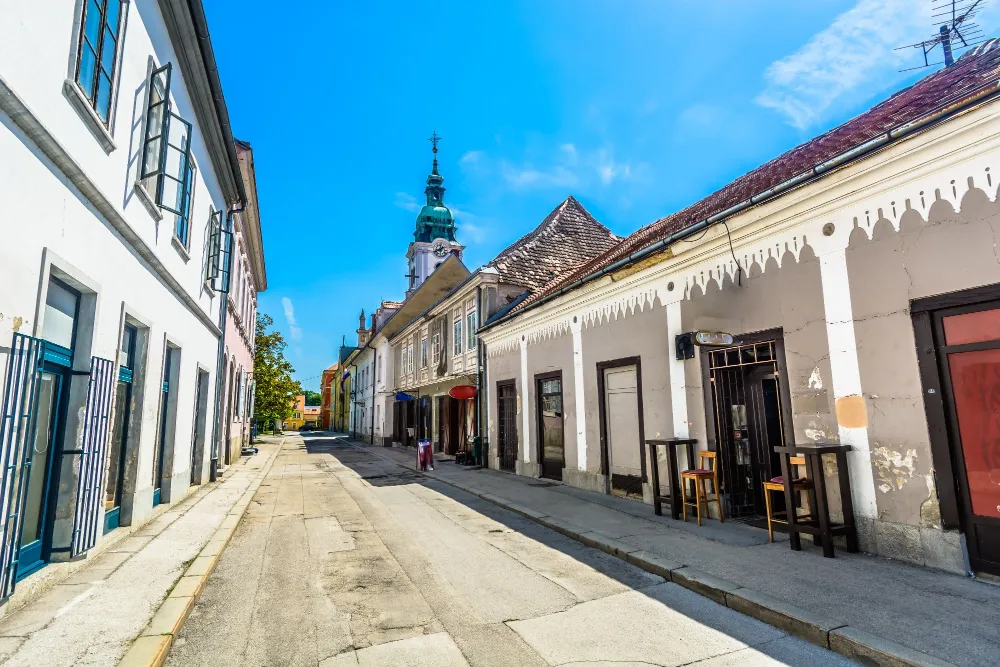
Along the A6 Motorway
Initially, the A6 route follows that of the A1 for several kilometres near Zagreb. It then splits into a new roadway, heading towards Rijeka in the west. The counties of Zagreb, Karlovac, Primorje-Gorski Kotar, and Istria are traversed.
Major cities along the A6 route
Karlovac
This city is of historical importance and has numerous attractions devoted to the topic. The Karlovac Fortress was built in 1579 to repel Turk invaders. Dubovac Castle is well preserved and worth a visit. The area offers walking trails in nature, and the town hosts a large beer festival annually.
Delnice
This town is the largest in the mountainous region of Gorski-Kotar. The hilly terrain lends itself to skiing, and this is a well-known centre for winter sports enthusiasts. Risnjak National Park is great for summer hikes. There are also caves, lakes and rivers to explore.
Rijeka
The port city of Rijeka on the western extreme of the A6 motorway has a host of interesting sights and activities. Dating back to the 7th century, Trsat Castle was completely restored in the 19th century. Do a tour of the Postojna Cave and Predjama Castle. Nearby, the smallest town in the world, Hum, is a novelty attraction.
Major Intersections along the A6 Motorway
A1 Motorway
The A6 and A1 merge for a brief period. The A1 connects to Split and Dubrovnik on the Adriatic coast. Are you considering a drive to Bosnia and Herzegovina from Croatia? Dubrovnik is a popular point for crossing the border.
A7 Motorway
The A7 joins the A6 in Rijeka. The A7 will take you to the Istrian peninsula, which separates the Gulf of Trieste and Kvarner Bay.
Various State Roads that connect with the A6 Motorway
D1 State Road
The A6 meets the D1 at the Bosiljevo Interchange. It connects to the towns of Ogulin, Gospić, and Zadar.
D3 State Road
The A6 motorway intersects the D3 at the Delnice interchange. This state road will take you to Rijeka, Opatija, and Pula.
D8 State Road
The A6 meets the D8 at the Orehovica interchange. This state road will take the driver to the city of Rijeka, and the towns of Crikvenica and Senj.
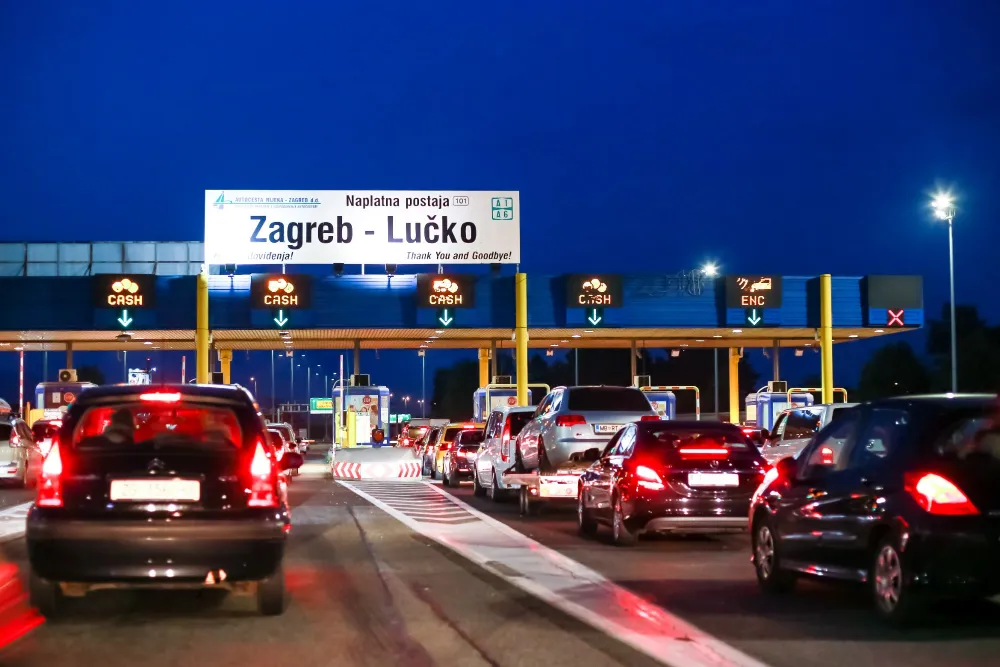
Is a Vignette Required to Use the A6 Motorway?
A road tax decal known as a vignette is required for drivers wishing to use the A6 motorway. Placed on the vehicle's windshield, they can be bought at authorised dealers, including petrol stations and post offices. Customers are charged according to distance on the toll roads, along with the category of vehicle driven. For example, multi-axle vehicles are charged more than regular sedans with just two axles.
Being the main connection between Rijeka and the nation’s capital, Zagreb, the A6 is important to the economy. It serves both commerce and tourism. By joining the capital to the coastline, it is a popular route for tourists heading to the Adriatic. Likewise, goods are moved efficiently to and from the capital and nation beyond. Safe, clean and modern facilities and services can be found along its length. Tolls collected will no doubt ensure the route continues to be maintained to the same high standards in the future.
